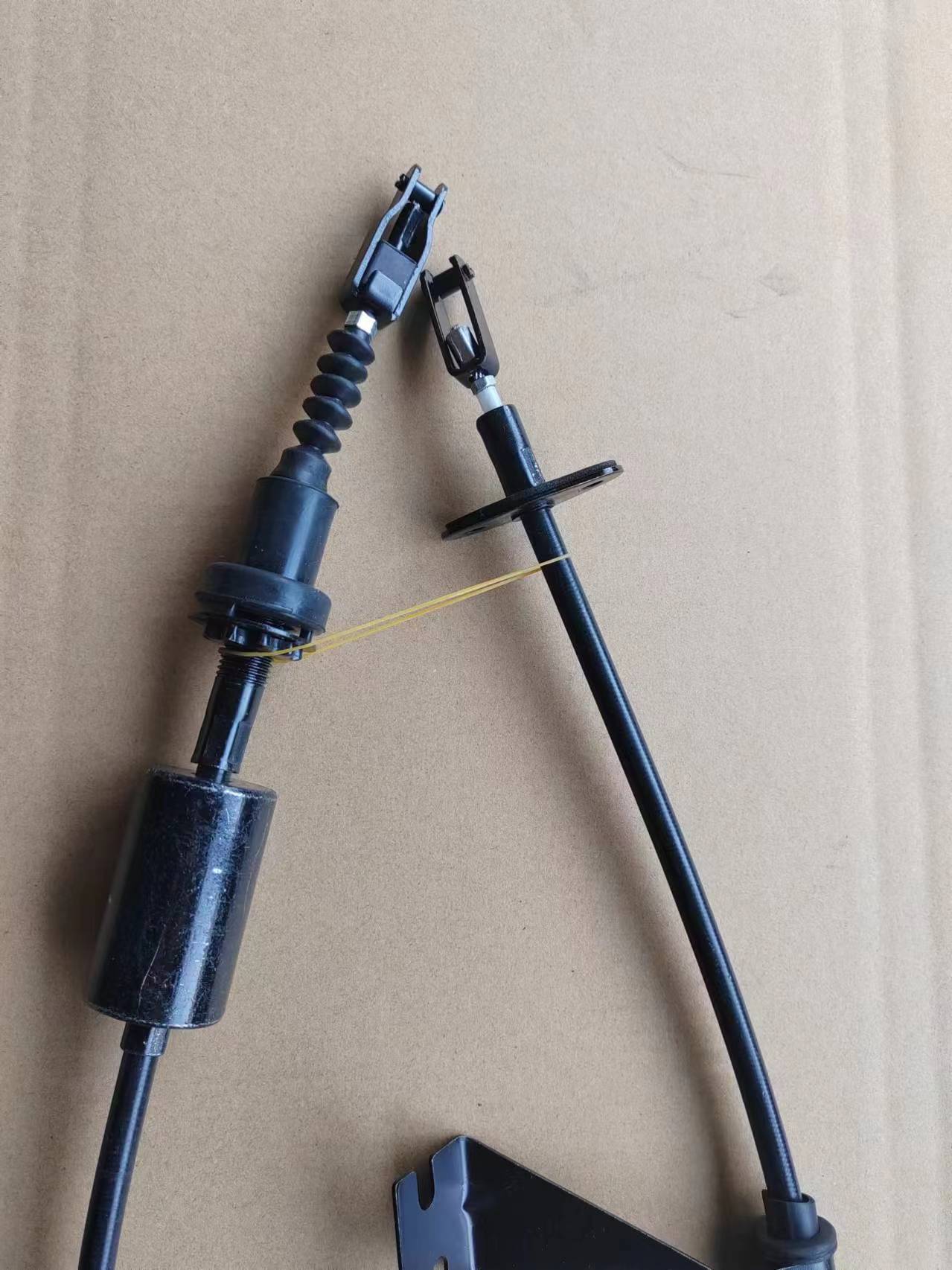Creating a Custom Throttle Wire for Enhanced Performance and Efficiency in Electronics
Understanding Throttle Wire A Key Component in Automotive Systems
Throttle wire, often referred to in the context of automotive engineering, plays a critical role in the performance and functionality of an internal combustion engine. The throttle system itself is responsible for regulating the airflow into the engine, which in turn controls the engine's power output. An understanding of throttle wire, its function, and its implications for vehicle performance is essential for both automotive professionals and enthusiasts.
What is Throttle Wire?
Throttle wire is part of the throttle control system, traditionally comprising a cable that connects the accelerator pedal to the throttle body of the engine. When a driver presses the accelerator pedal, this action is translated through the throttle wire to the throttle valve, adjusting the amount of air that enters the engine. The throttle valve's position directly influences engine speed and power, making the throttle wire a crucial link in the vehicle's acceleration response.
The Evolution of Throttle Control
Historically, throttle wires were purely mechanical, relying on physical cables to transmit the driver's intention directly to the engine control unit (ECU). However, with the advent of electronic throttle control (ETC) systems, this operation has been revolutionized. Modern vehicles often utilize sensors and electronic signals to achieve a more responsive and precise control of the throttle. In ETC systems, the throttle wire is replaced by electronic sensors that communicate the driver's input to the ECU, which then adjusts the throttle position accordingly.
Importance of Throttle Wire and ETC Systems
throttle wire

The shift from mechanical to electronic throttle control has several benefits. Firstly, it allows for a more refined driving experience, with smoother acceleration and deceleration. Advanced ETC systems can adjust throttle response based on various factors, such as road conditions, vehicle load, and driving style. This adaptability enhances performance, fuel efficiency, and emissions control.
Moreover, electronic systems simplify the design and routing of vehicle components. Without the need for physical cables, manufacturers can reduce weight and improve packaging within the engine compartment. Additionally, electronic throttle control systems can integrate safety features, such as traction control and stability management, enhancing overall vehicle safety.
Maintenance and Issues Related to Throttle Wire
While modern electronic systems have improved performance and convenience, challenges remain. In traditional throttle wire systems, wear and tear could lead to issues such as poor throttle response or sticking throttle, often requiring maintenance or replacement of the cable. Meanwhile, electronic systems can encounter problems related to sensors or software glitches, which can result in throttle lag or even failure.
Regular diagnostics and maintenance are essential for ensuring the throttle system operates correctly, whether mechanical or electronic. Drivers should pay attention to changes in throttle response, such as delays or inconsistencies. If any issues arise, it's crucial to consult a qualified technician to avoid compromising safety and performance.
Conclusion
Throttle wire, whether in its mechanical or electronic form, is an integral component of a vehicle's throttle control system. Its evolution from a simple cable to a complex network of sensors and controls highlights the advancements in automotive technology. Understanding the role of throttle wire can help drivers appreciate the intricate systems that contribute to their vehicle’s performance while emphasizing the importance of maintenance for optimal functionality. As innovation continues to shape the automotive landscape, the throttle system will undoubtedly evolve further, driving the future of transportation.
-
Workings of Clutch Pipe and Hose SystemsNewsJun.04,2025
-
The Inner Workings of Hand Brake Cable SystemsNewsJun.04,2025
-
The Secrets of Throttle and Accelerator CablesNewsJun.04,2025
-
The Hidden Lifeline of Your Transmission Gear Shift CablesNewsJun.04,2025
-
Demystifying Gear Cables and Shift LinkagesNewsJun.04,2025
-
Decoding Clutch Line Systems A Comprehensive GuideNewsJun.04,2025
